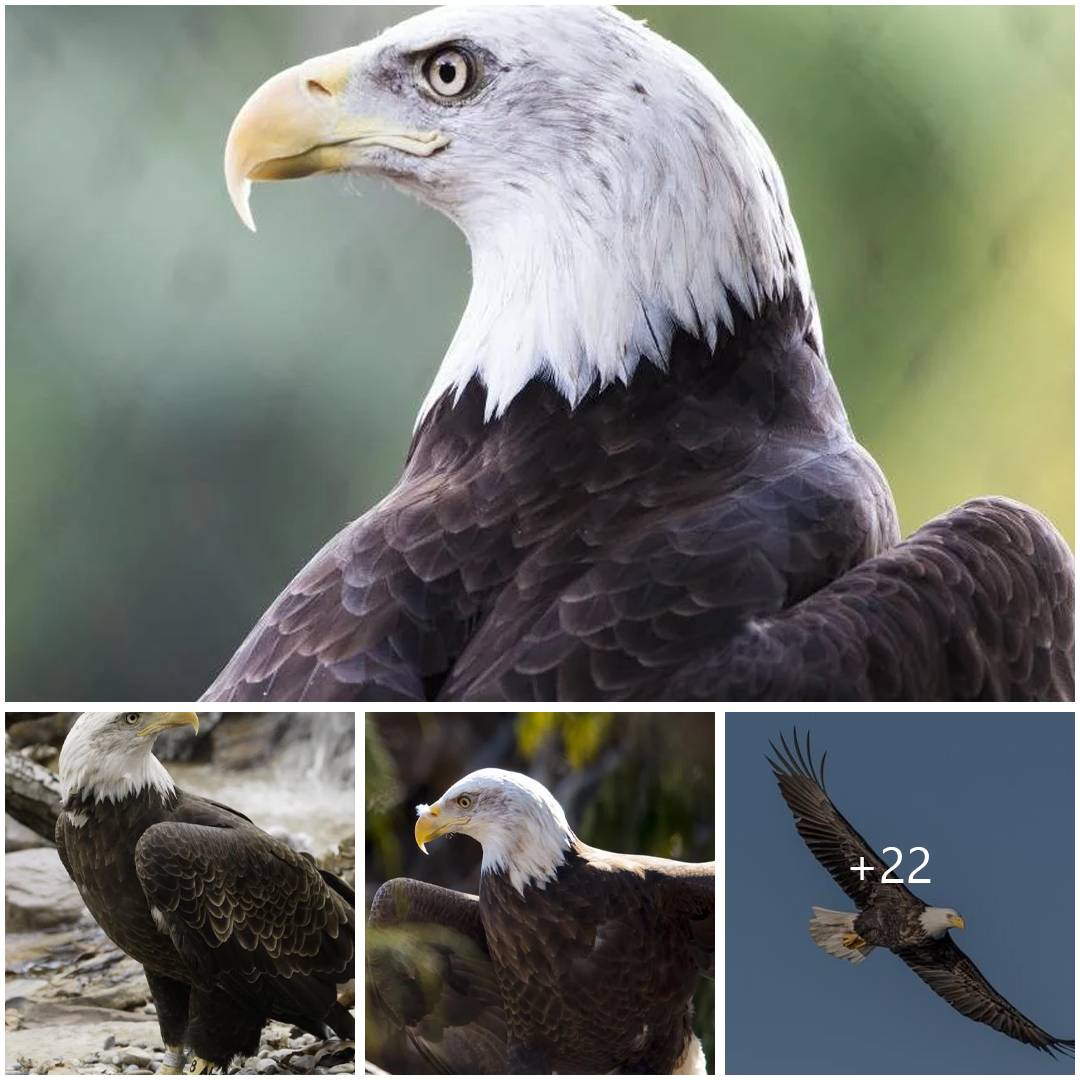
Bald eagles require three things for survival: an adequate supply of food, nesting sites close to food, and a reasonable degree of freedom from disturbance during nesting periods. Because of their large size, bald eagles need a substantial food base and it is important that the home range includes a body of water.
When the bald eagle was adopted as our national symbol in 1782 there were between 25,000 and 75,000 birds nesting in the lower 48 states. Illegal shooting, habitat destruction, lead poisoning and the catastrophic effects of the pesticide DDT in their prey base reduced eagle numbers to only 417 pairs by 1963. Legal protection began with the Bald Eagle Protection Act of 1940 and continued with the Endangered Species Preservation Act of 1966 and the 1978 listing under the Endangered Species Act of 1973.
The single most important regulation affecting bald eagle recovery may have been the banning of DDT for most uses in the United States in 1972. In 1995, the U.S. Fish and Wildlife Service down-listed Bald Eagles from endangered to threatened in most of the United States. They were never listed in Alaska, and had already been listed as threatened in Michigan, Minnesota, Wisconsin, Oregon and Washington. In the 25 years since they were declared endangered (1978) in most of the country, bald eagles have undergone a strong increase in numbers and an expansion in range. USFWS estimates there are currently more than 7,000 breeding pairs.
Though the recovery has been spectacular, bald eagles remain threatened by illegal shooting and loss of habitat due to wetland drainage and human occupation of waterfront areas. Lead poisoning from shot ingested when feeding on carrion was a major problem before the phasing out of lead shot for waterfowl hunting in 1991. Large quantities of lead remain in the environment. In the past 15 years, the National Wildlife Health Research Center has diagnosed over 100 cases of poisoning in bald eagles.
Many of these cases are believed to be intentional poisonings through illegal use of pesticides and other restricted chemicals such as strychnine. DDT breakdown residues remain in the environment and continue to cause reproductive problems for eagles in many parts of the country. In addition, bald eagles require waterfront property for their home ranges and are in direct competition with people who enjoy the same habitat. The USFWS delisted the bald eagle from the Endangered Species List on August 9, 2007. However, they are still protected under the Bald and Golden Eagle Protection Act and the Migratory Bird Treaty Acts.





